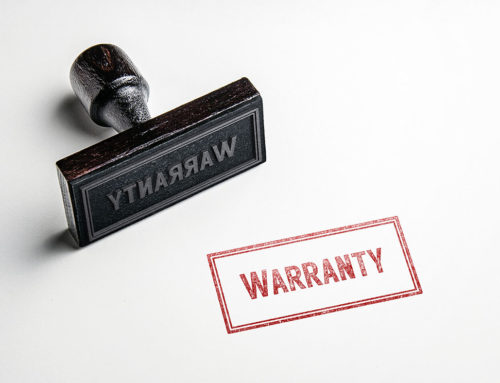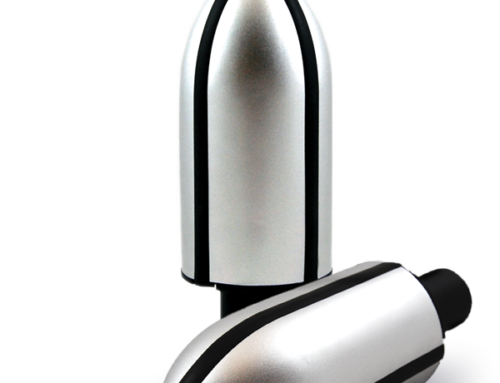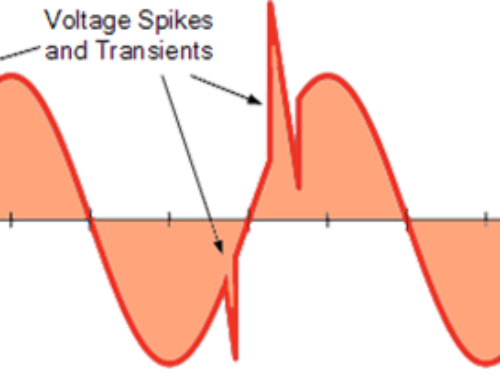Electrostatic Hazard Mitigation for Flammable Environments

Reportedly static electricity causes an average of 280 industrial incidents each year in the US alone. Additionally, static electricity is responsible for at least two serious industrial fires or explosions every day of the year somewhere in the world. Many companies see good reasons to implement protection measures in order to:
Protect facilities, equipment, and assets
Provide a safe working environment
Reduce the risk of downtime and lost profits
Minimize liability & maintain competitive posture
Static Electricity in an Industrial Environment
Static electricity can build up in a wide range of industrial situations where there is friction between two things made of different materials or substances. It can also be generated by repeated contact and separation between dissimilar materials.
Static charges can build up in certain liquids; for example, petroleum-based solvents and fuels such as benzene, toluene, mineral spirits, gasoline and jet fuel when the liquid flows through pipes, is poured, pumped, filtered, or agitated. When liquids are transported or handled in non-conductive containers, something brushing the outside surface of the container may cause an electrostatic charge to build up in the liquid. Generally, the amount of static charge that develops depends upon the quantity of liquid, how fast it is flowing, turbulence in the liquid, and the presence of impurities.
Non-conductive liquids tend to hold a charge because they do not conduct electricity well. Therefore, even when in contact with a conducting material, like a grounded metal pipe or container, the bound charge is not adequately dissipated. Conductive solvents may build up a charge in plastic or glass containers because the containers decrease the rate at which the charge in the solvent would otherwise dissipate. When enough charge is obtained, a difference in electrical potential can develop, and a spark may be produced. If the vapor concentration of the liquid in the air is in the “flammable range” and the spark has enough energy, a fire or explosion can result.
Typically, the conditions for igniting a liquid are most optimum when the liquid is at a temperature that produces surface vapors with air concentrations in the middle of its upper and lower flammability limits.
Static Hazards
Depending upon the environment, static electricity might be a simple nuisance or constitute a major hazard. In an environment where the relative concentration of fuel and oxygen is in a flammable range, any spark, or “Electrostatic Discharge” (ESD), having sufficient energy may cause a fire or explosion. Flammable and combustible liquids can present a static electricity hazard depending upon their ability to generate static electricity, their electrical conductivity, and their flash point.
Typical processes at risk within flammable/combustible gas, liquid vapor or dust (powder) atmospheres:
- Pulverized material, powder, or dust passing through chutes or being transferred pneumatically
- Powders dispensed from bags, sacks, or flexible intermediate bulk containers (FIBCs)
- Movement of fluids through pipes, filters, or hoses
- Thin plastics (stretch wrap, portable tank covers, equipment covers, and raw material bag liners)
- Dispensing fluids or gases from orifices (pipe or hose outlets)
- Transfer of fluids from drums or totes into tanks (stationary or portable) or small containers
- Vehicles or carts using rubber or synthetic non-conductive wheels/tires
- Painted or contaminated concrete, metal floors, or decking
- Ungrounded and/or unbonded metal
- Loading and unloading of tank vehicles and railcars
Gauging and sampling
- Conveyor belts (non-conductive material moving over or between pulleys and rollers)
- Accumulation of static electricity on personnel, particularly when wearing clothing and footwear made of man-made materials
What's your electrostatic hazard environment?
Your Content Goes Here
Surveys, Evaluations, and Recommendations for Electrostatic Safety in Compliance to NFPA 77
Introduction to Electrostatic Discharge (ESD) safety at flammable product transfer operations
Review history of incidents & damages, and any specific areas of concern
- Identify areas of flammable operations and label points for evaluation of bonding and grounding integrity
- Measurement to ground of Critical Bond Points (CBPs)- Operational zone central bonding/grounding points
- Measurements of CBP to- Equipment Bond Points (EBPs)- Metal equipment, chassis and structures having a risk of accumulating an electrostatic charge
- Measurements of CBP to- Ground Identification Units (GIUs)- Self testing monitors and interlocks. Verify GIU functionality
- Measurements of CBP to- Ground Clamp Assemblies (GCAs)- Portable, fixed and retractable bonding clamps and assemblies. Verify GCA functionality
- Measurements of CBP to- Ground Rods (GRs)- Earthing components intended to enhance static charge dissipation. Measure GR impedance to earth
- Execute fall-of-potential to evaluate effectiveness of existing grounding system(s) and determine soil resistance
- Test all Flammable Storage Vessels for bonding and grounding
- Conduct floor resistivity measurements per ESD STM 7.1
- Evaluate conductivity of flammable product transfer equipment
- Observations regarding personnel safety in operations and PPE
- Collection of existing bonding/grounding system data and archive material
Static Hazards Enivornments General Recommendations
- Operating personnel should be aware of the importance of attaching grounding and bonding clamps correctly: each time they perform this action they should check that the clamp/cable assembly is in good condition and that the teeth/contacts are penetrating any buildup of contamination or insulating layers on the object to be grounded. If they suspect that either of these conditions is not present, they should report this to a supervisor prior to starting the operation, and take action to rectify the problem.
Use purpose-built grounding and bonding clamps, cables, and assemblies (as illustrated in NFPA 77), as it is preferred to standard welding, battery or alligator clips. Standard materials do not always have the positive spring pressure and durable sharp contacts required to provide an effective bond.
- Use strategically placed warning signs to remind operators that they are entering a hazardous area and also about the importance of grounding & bonding in flammable atmospheres.
When testing bonding & grounding assemblies and devices, or checking continuity through a plant or equipment, NFPA77 recommends that a resistance of < 10 ohms should be used as a practical and valid test level – resistance of higher levels in metal/metal structures can indicate a loose connection or buildup of corrosion etc. This is also a practical level to use for fully conductive transfer hoses (end-to-end continuity). The building/site ground conditions should be verified as meeting the requirements of the National Electric Code (NFPA70 – article 250).
- The use of Static Dissipative (SD) Footwear has a beneficial effect in that it prevents the buildup of static charge on operating personnel who are working in flammable or combustible environments. Typically, concrete floors and pads are adequately conductive to enable ground leakage, and in areas where insulating coatings are present, grounded mats, plates or grids may be provided to provide an acceptable resistance to ground. SD Footwear should be selected to conform to the latest ASTM – F2413-05 standard.
Bond conductive equipment together.
- Bond to minimize differences in potential
- Bond to prevent sparking, and GROUND IT ALL TO EARTH!







